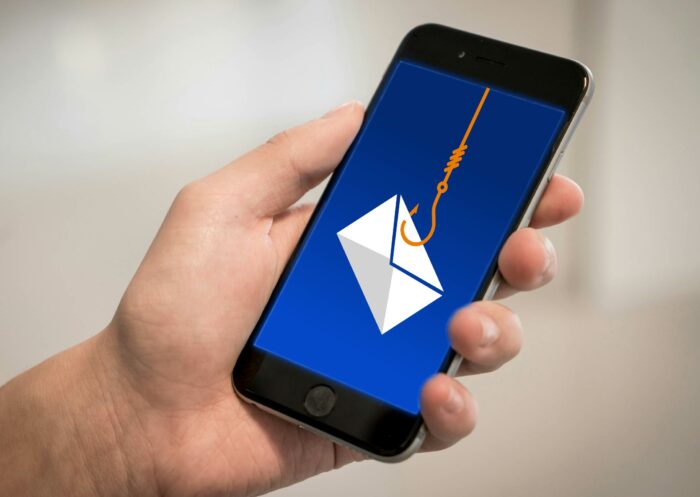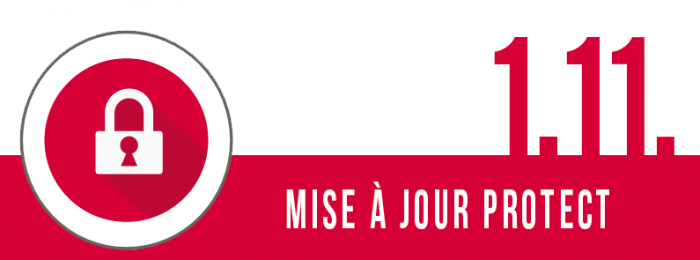In today’s digital age, your organization’s data security is crucial. Data theft or exposure can lead to significant financial losses, damage to customer trust, and even business closure if the impact is severe. This data is highly prized by scammers and cybercriminals, and one of their favorite ways of obtaining it is via email, through phishing attacks for example. A phishing audit helps ensure that your employees know how to handle phishing attempts, keeping your company safer. By proactively training and improving users’ ability to recognize and respond to phishing threats, you can protect your company’s valuable data and maintain its security.
Understanding Phishing
Phishing is a prevalent type of cybercrime where attackers send deceptive emails to trick recipients into disclosing sensitive information, such as passwords, credit card numbers, or personal details. These fraudulent emails are a major risk to your organization because they are designed to look like they come from trusted sources, such as banks, online services or even colleagues. Once cybercriminals obtain this information, they can use it to access accounts, steal money, or commit other fraudulent activities.
Phishing attacks come in several forms. One common type is spear phishing, which targets specific individuals with a personalized email and use social engineering techniques to make the scam more convincing. Another form is whaling, which is aimed at senior company executives, often involving highly sophisticated and personalized content. Regardless of the form, phishing relies on psychological manipulation and the victim’s lack of awareness about the threat.
What is a Phishing test ?

A phishing test is a simulation to determine how susceptible your business’s employees are to phishing attacks. This process involves a specialized company designing a phishing email and a fake landing page that mimics a real phishing attempt. The fake email is sent to users to evaluate their responses.
The audit can be configured in various ways to test different aspects of user behavior. For example, the fake landing page may request personal information or be used to track who clicks the link. The company conducting the simulation will monitor who clicks on the link, who enters sensitive information, and who reports the email as a scam. This data helps to evaluate the awareness of your employees regarding phishing threats.
The process is typically straightforward but can be customized to fit the needs of the business. The email and landing page can be designed to be very obvious or highly sophisticated to simulate real-life phishing attempts. This allows for a comprehensive understanding of how users at different levels respond to potential attacks.
Awareness and training, what are the benefits of a Phishing Audit
Conducting a phishing test offers numerous advantages for businesses. One of the primary benefits is the identification of security awareness among employees. By determining which users can recognize phishing attempts, the test helps highlight the internal strengths of your organization’s security measures.
Additionally, a phishing audit serves as a valuable educational tool. It raises cybersecurity awareness among all employees, reinforcing their vigilance against fraudulent emails and other online threats. This increased awareness is crucial in minimizing the risk of security incidents that can arise from phishing attacks.
Furthermore, it provides insights that can be used to tailor training programs for employees who fail the test. If certain individuals or departments are identified as more vulnerable to phishing, targeted training can be organized to address these specific needs. Ideally, following a phishing test, no-one responds to the fraudulent email, and business operations continue smoothly. However, if some employees do click on the link or provide information, it indicates a need for additional training. This targeted approach ensures that everyone in the organization is well-equipped to handle phishing threats, thereby enhancing the overall effectiveness of the company’s security and reducing the overall risk to the company.
Running an initial phishing test is a positive step, but it’s important to run regular simulations. The frequency of these simulations should be based on factors such as the size of the organization, current levels of employee awareness and security goals. Monthly or quarterly simulations will help maintain a high level of user vigilance and strengthen the company’s cybersecurity culture.
Interested in a Phishing Audit?
If you are interested in enhancing your company’s defense against phishing threats and security, consider conducting a phishing test. Visit our partner Avant de Cliquer to benefit from the expertise of French cybersecurity professionals. With their simulation, you can ensure your employees are well-prepared to recognize and respond to phishing attempts, thereby safeguarding your business against potential cyber threats. They can also help you with the training of your users.
To go even further
Phishing tests are critical because they provide insight into your security posture and increase user awareness and education through simulation and training. However, they only are one aspect of cybersecurity. To further protect your business, consider installing anti-spam software to filter out unwanted emails. Although your users are trained and vigilant, having less spam in their inboxes will reduce the risk of attacks and security breaches.
For a highly effective solution that blocks more than 99.9% of spam and viruses, discover Cleanmail, our professional anti-spam software and increase your cybersecurity.

